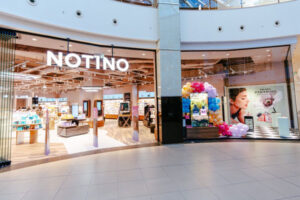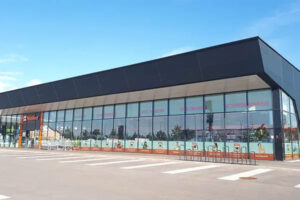
Springboard provides insights on bricks and mortar retail activity, tracking and forecasting footfall and delivering performance metrics across 480 shopping sites in England, Northern Ireland, Scotland and Wales. Their data shows that the final week of the month, which included the October school half term, was pivotal in boosting footfall, shifting the average from -14.3% over the first three weeks to -10.9% in the last week of the month.
In the final week of the month, it was high streets and shopping centers that benefited most. Footfall in high streets strengthened from an average of -15.8% over the first three weeks to -12.1% in the last week, and in shopping centers footfall shifted from -21.5% over the first three weeks to -15.9%.
In contrast, in retail parks footfall in overall terms has bounced back far more to pre-Covid level, however, during half term week the gain was more modest, from an average over the first three weeks of -3.2% to -2.7% in the last week of the month.
UK city center footfall also improved in October, which in the continued absence of overseas tourists, suggests that the drift back to the office is accelerating. Footfall in Central London moved upward from -32.2% in September to -22.2% in October, and in regional cities outside of the capital, footfall in October reached -15.7% below the 2019 level from -19.3% in September.
Whilst footfall is recovering, the vacancy rate remains high at 11.7% which is only a very marginal improvement from July when it was 11.8%. This is despite the growth of pop-up stores that are a typical feature of retail destinations in the run up to Christmas, but which should be even more prevalent now given the greater availability of empty space. However, this is not a surprising outcome as the vacancy rate is both a lagged and sticky indicator.
The complexities of the leasing market and the heavy burden of business rates hinders the reoccupation of empty units whilst also often forcing unviable retailers to continue to trade, highlighting its limitations as the sole indicator for determining bricks and mortar retail performance.






